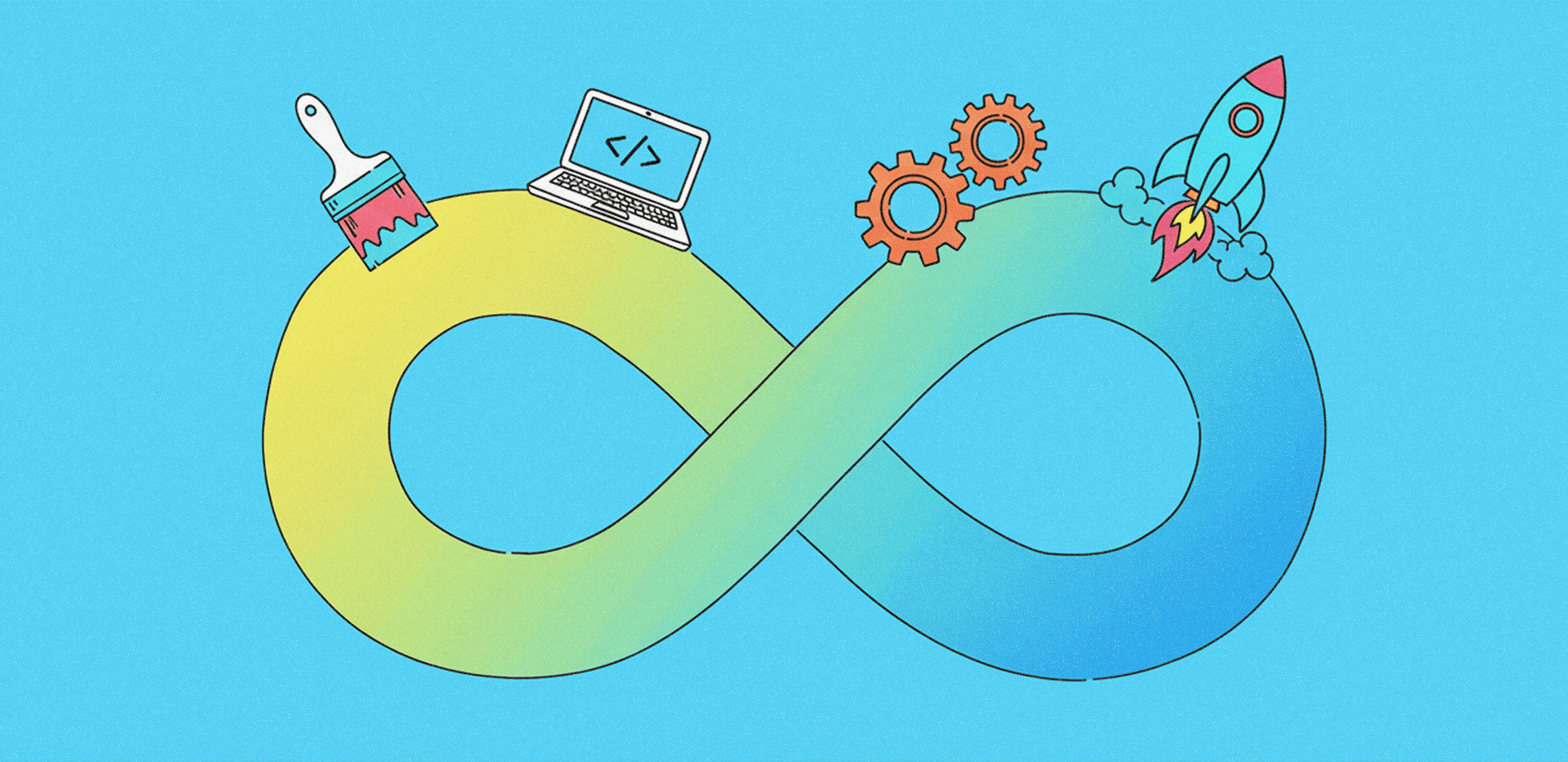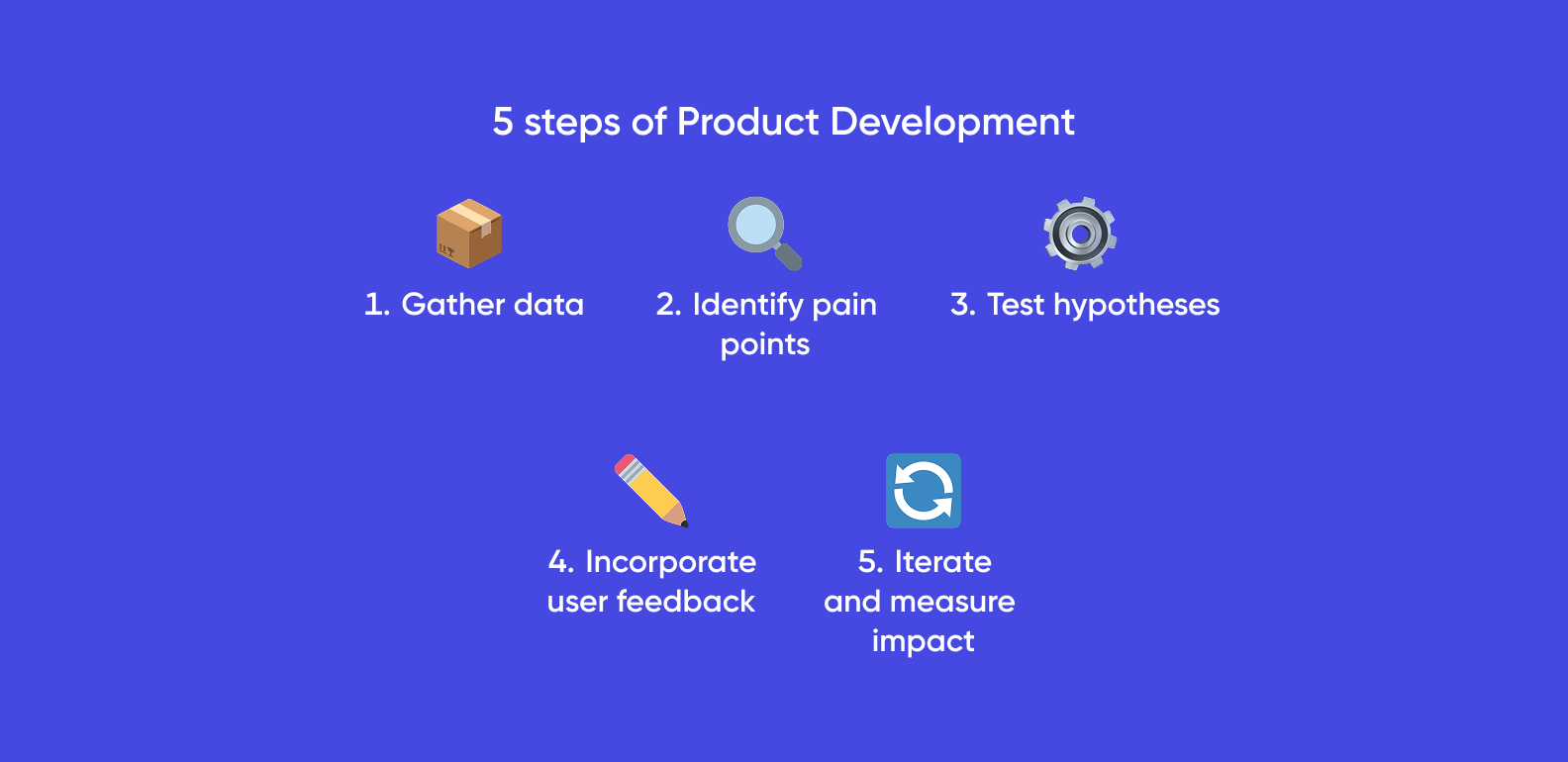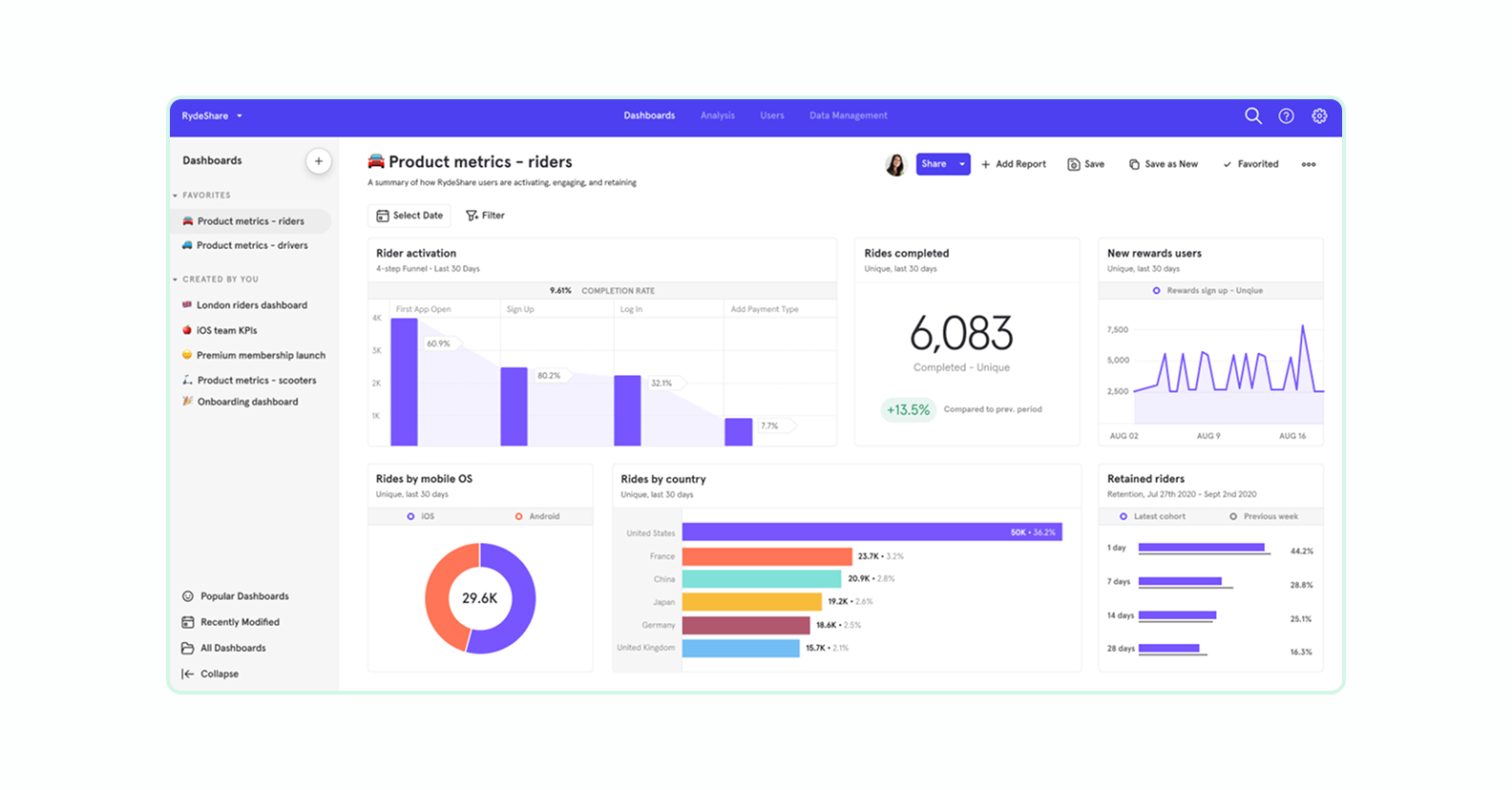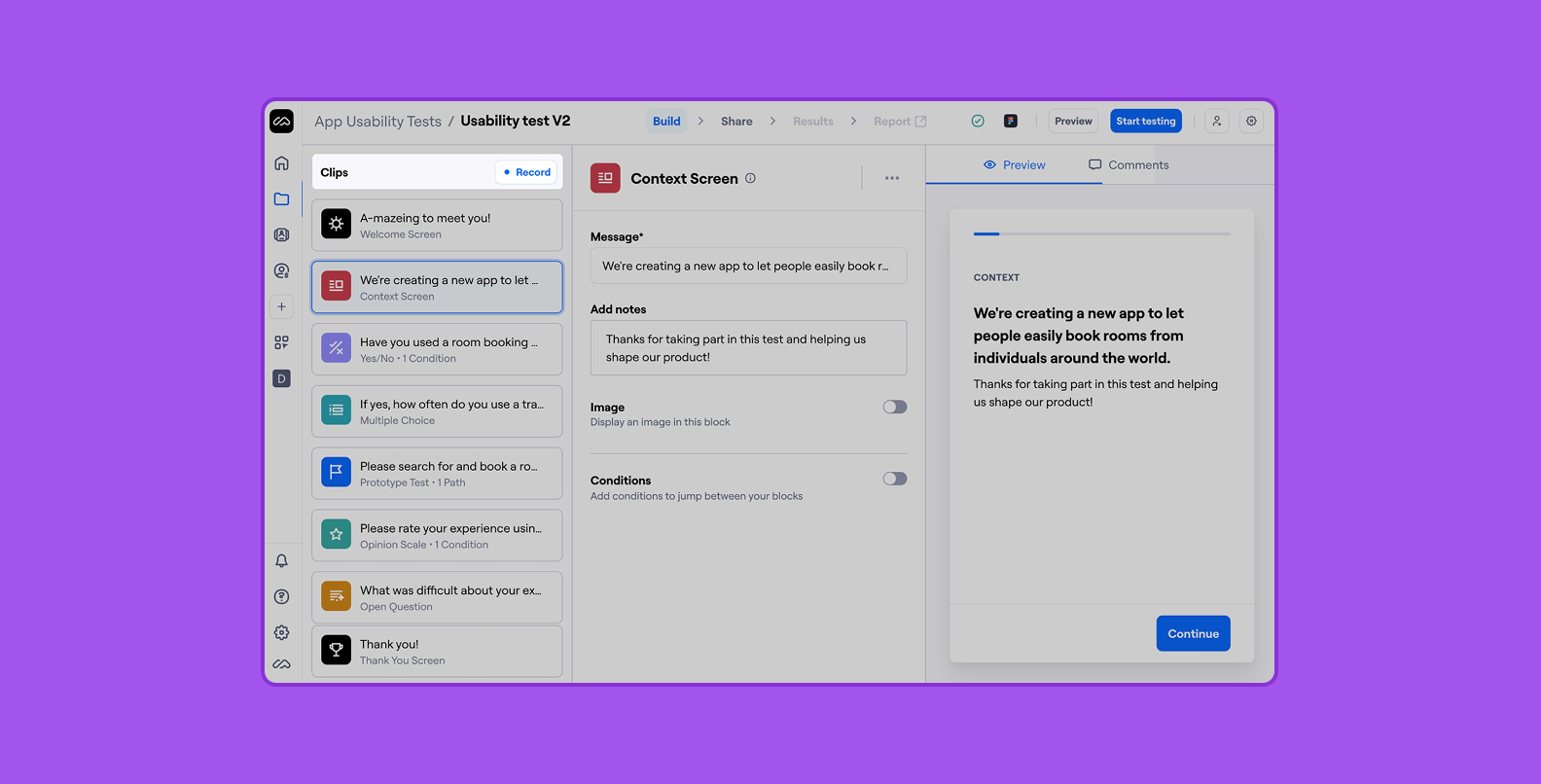


You can approach your product development in two ways. The first option is a one-and-done scenario, when you design an app and ship it away to the market, just collecting the profits and keeping it afloat. Another route is the continuous product design process, where you keep improving the app and release new versions, making changes to UI/UX based on user feedback.
In this article, we dive deeper into how continuous product design works and explain its benefits from a business standpoint. Plus, get a list of tools that will help you conduct the iterative process yourself.

Continuous product design, or CPD, is an iterative and proactive approach to digital product development. It involves setting up a constant feedback loop with users, analyzing data, and making improvements to the UI/UX of the product throughout its lifecycle. This CPD methodology directly leads to higher customer satisfaction, a stronger competitive advantage, and faster time-to-market.
Here are 3 key aspects of continuous product design approach:
Here, we put together a list of 4 straightforward benefits of continuous product design for a business.
Regular UI/UX updates based on data analysis and feedback help you understand how users actually interact with your product. Through continuous product design, you can identify pain points before they become a major issue, find what causes frustration, and see where users drop off.
<div class="post_divider"></div>
⭐️ Our experience
What’s a better way to understand user behavior and preferences than to ask them? Our team worked on the redesign of Panam Pizza’s delivery app to improve customer satisfaction and identify growth opportunities.
The team analyzed users’ pain points, optimized user flows, and created cohesive designs for both web and mobile platforms. We focused on intuitive navigation, accessibility, and visual consistency, introducing new features like order tracking and simplified customization. Along with a complete UI-kit, the redesign gave Panam Pizza a more modern, user-friendly interface ready to support future business expansion.

<div class="post_divider"></div>
Businesses that continuously improve their UI/UX, incorporate trends, and deliver enhanced user experiences stand out in a crowded market. Imagine two apps with a similar idea, but one was released in 2015 and the UI/UX hasn’t been updated since, and the other often surveys users and releases new versions. Most customers choose a business that listens to them and shows growth.
Continuous product design keeps your product intuitive and relevant. When customers see that you take their feedback seriously and make adjustments to help them navigate the product better, it leads to loyalty and better customer relationships.
Instead of waiting for a full redesign, a continuous product design process allows you to roll out small improvements iteratively. This means you can launch your app faster, validate ideas with real users, and minimize the risks of failure.
Continuous product design is not a one-time effort, but a cycle of analyzing data and making changes. The whole process can be divided into 5 steps that are continuously repeated.

The first step is to collect information from analytics tools, user feedback, and behavior tracking. This helps you see how people interact with your product and where they struggle. The goal of continuous product design is to base decisions on real data analysis, not assumptions.
Go deeper into data analysis and identify what elements of UI/UX slow users down: it can be confusing navigation, long loading times, or unclear copywriting. These insights will guide you further down the road and help prioritize what needs improvement first.
Even if you feel like you’re completely understanding users and what they want, testing is still a must. Use A/B tests, prototypes, or user interviews to confirm whether the new solution actually solves the problem and does not create more confusion.
After testing, collect and review feedback from users. Their input helps improve the UI/UX design and ensure that every change actually aligns with their needs.
As the last step of the continuous product design cycle, release the updates and measure how they affect customer satisfaction. Has the conversion rate increased? Or maybe the number of returning users grew? Use the results to plan the next round of CPD improvements.
The CPD framework has a lot of advantages, but it’s important that your team members are on the same page about what they are doing and why. Use these 3 tips to smoothly implement continuous product design.
Make sure that everyone in the company, from customer support to social media managers, understands what users need and how your product solves their problems. Then explain how continuous product design can help make consistent design decisions and improve performance.
Define what success looks like to your team before you start. It can be measurable results like customer satisfaction rates, engagement, or task completion time, and also qualitative metrics related to feelings, experiences, and motivations of the users.
Test continuous product design changes on one area or one feature first. Once the process works smoothly and the hypothesis works, then you can expand it across the entire product.
Any team that conducts continuous product design needs a set of tools for gathering and understanding user feedback, prototyping, or testing. Below, we share some of the software we use for the process.
🚨 Want to know more about the software for the task? Read more about the 15 tools you need for continuous product design and discovery in another blog article we have.
Apps that help you gather all data together, identify patterns, and create colorful graphs that show user behavior in detail.
Examples: Mixpanel, Google Analytics, or Amplitude.

They let you create and test app or website designs before coding begins. With them, you can see how screens look and feel, share ideas with your team, and adjust layouts quickly.
Examples: Figma, Sketch, Adobe XD.

These tools help you collect opinions and reactions from real users. You can run tests, record how people use your product, and spot any confusion or frustration live.
Examples: Hotjar, Survey Maze, or UsabilityHub.

Looking for a partner to support your app post-launch and conduct continuous product design? Purrweb’s team has completed over 550+ projects in many niches, including enterprise, logistics, retail, and IoT. You can check our expertise and the full portfolio here.
➡️ <a class="blog-modal_opener">Share your idea with our team</a> to get a free consultation and cost estimation in 48 hours.